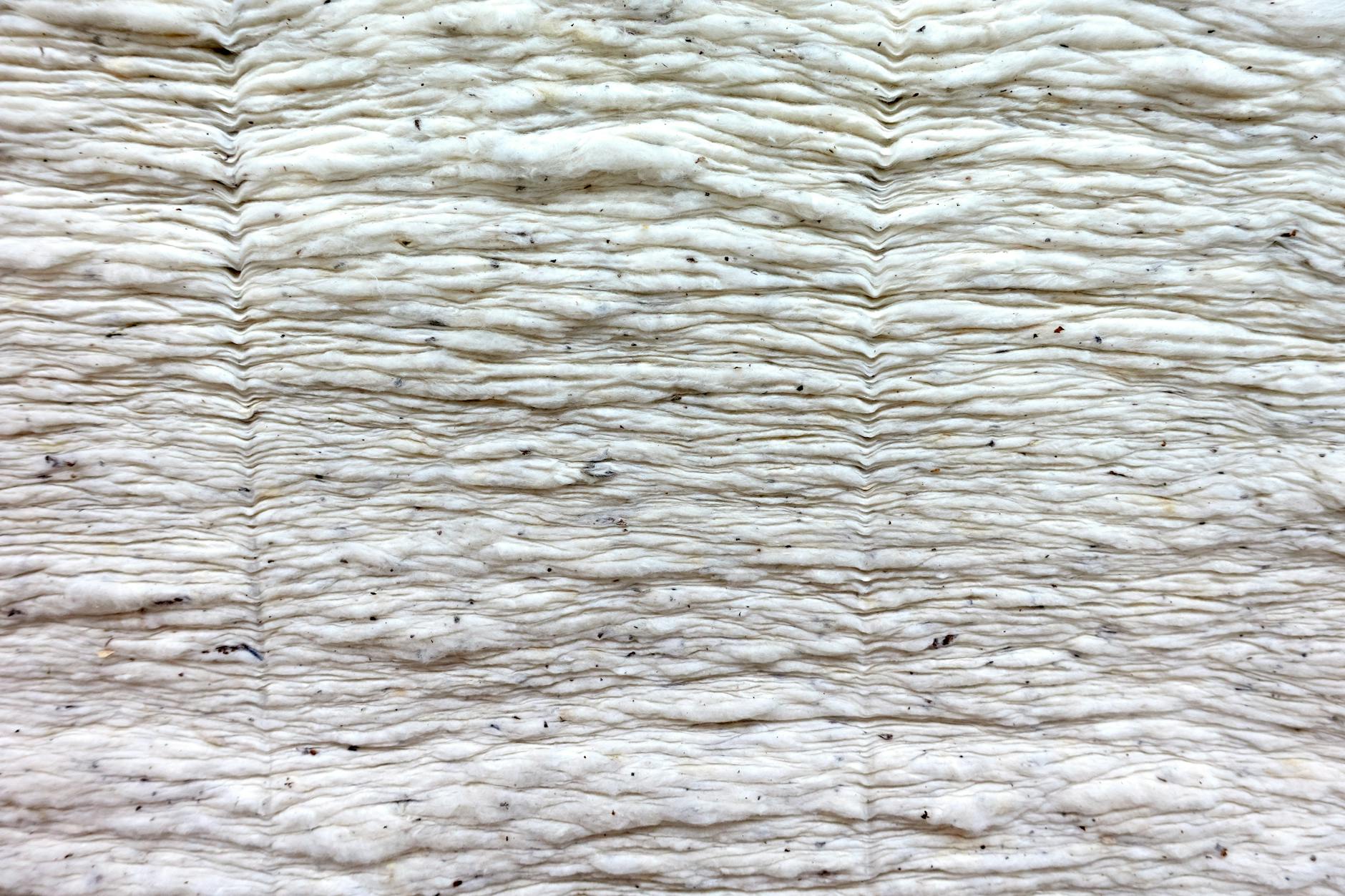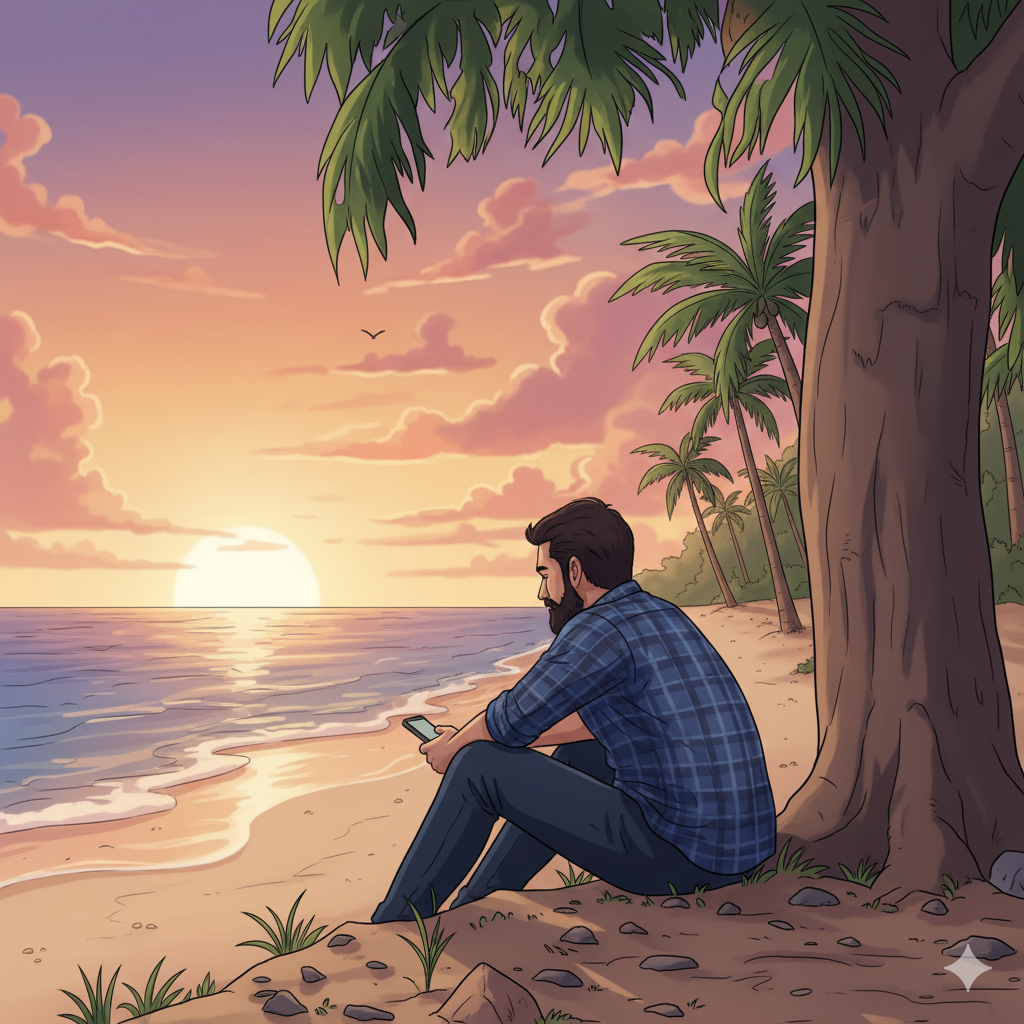Elias Thorne wasn’t deaf, not in the traditional sense. He heard the world, the cacophony of it, the insistent drumming of rain on windowpanes, the screech of brakes, the babble of voices. But these were mere distractions, surface noises that obscured the true music, the subtle symphony hidden within the quiet spaces, the silence between heartbeats. From a young age, Elias had been drawn to these interstitial moments, the hushed pauses in conversation, the pregnant stillness before a storm. He felt them not as absences of sound, but as vibrant canvases brimming with untold stories.
He grew up in a small seaside town, surrounded by the rhythmic pulse of the ocean. The predictable ebb and flow of the tides, the whispering secrets of the shells, these were his earliest teachers. While other children built sandcastles, Elias would lie on the beach, eyes closed, listening to the space between the waves, the silent breath held before the next crashing crescendo. He felt a connection to something profound, a language unspoken yet deeply understood. He began to translate these silences into art, at first tentatively, with charcoal sketches of the swirling patterns he perceived in the stillness, then with increasingly complex oil paintings that captured the emotional weight of these quiet moments.
His parents, practical people of the sea, were bewildered by his obsession. They saw silence as emptiness, a void to be filled with the comforting sounds of everyday life. They urged him to pursue a more sensible career, fishing like his father, or boatbuilding like his grandfather. But Elias was driven by an inner compulsion, a need to express the inexpressible. He left the seaside town for the bustling metropolis, seeking a wider audience, a deeper understanding of the silences that shaped the human experience. He enrolled in art school, but the rigid curriculum, the focus on traditional forms, felt stifling. He craved a medium that could capture the ephemeral nature of his subject, the fleeting beauty of the unspoken.
He found it, quite by accident, in a dusty antique shop, tucked away in a forgotten corner. It was an old, intricate machine, a relic from a bygone era, labeled a ‘Vibrograph.’ The shopkeeper explained that it was once used to measure subtle vibrations, the tremors of the earth, the pulse of a machine. Elias saw something more. He saw a way to capture the vibrations of silence, the subtle fluctuations of energy that existed in the spaces between sounds. He bought the machine, hauled it back to his tiny apartment, and began to experiment. He modified the Vibrograph, adding delicate sensors, fine-tuning its sensitivity. He attached it to himself, to others, to the very walls of his apartment, listening to the subtle rhythms of life, the silent conversations between bodies and buildings.
He began to create his unique art form. He would record these subtle vibrations, these whispers of silence, and then translate them into visual representations. Sometimes they were intricate line drawings, capturing the delicate dance of energy fields. Other times, they were three-dimensional sculptures, pulsating with light and shadow, mimicking the ebb and flow of emotions held within the quiet spaces. His art was abstract, challenging, but it resonated with a select few who understood the language of silence, who recognized the profound beauty hidden within the pauses.
His work began to attract attention. Critics, initially baffled, gradually came to appreciate the innovative nature of his art, the way it challenged the very definition of sound and silence. His exhibitions were hushed, reverent affairs. Visitors would stand before his pieces, headphones on, listening to the amplified silences, the subtle vibrations translated into a haunting, otherworldly music. They would gaze at the accompanying visuals, the swirling patterns, the pulsating sculptures, and feel a sense of connection to something deeper, something beyond the realm of words.
Elias became known as ‘The Artist of Silence,’ a title he both embraced and resisted. He didn’t want to be defined by the absence of sound, but rather by the presence of something more profound, the unspoken language of the heart. He continued to explore the silences, the spaces between breaths, the moments of quiet contemplation, the pregnant pauses in conversations. He found them in the bustling city streets, in the solitude of nature, in the intimacy of human connection. He found them within himself, in the quiet space between heartbeats, where the true music resided.

One day, a renowned cardiologist, Dr. Anya Sharma, visited his exhibition. She was captivated by his work, not just as an art lover, but as a scientist. She recognized in his visual representations of silence, patterns that mirrored the complex rhythms of the human heart. She approached Elias, eager to collaborate, to explore the potential of his art to diagnose and even treat heart conditions. Elias, intrigued by the possibility of using his art for healing, agreed. Together, they embarked on a groundbreaking project, using the modified Vibrograph to map the subtle variations in heart rhythms, translating them into visual and auditory representations that could reveal hidden patterns, early warning signs of disease.
Their work garnered international acclaim, bridging the gap between art and science. Elias, once a solitary artist obsessed with the silent spaces, found himself at the forefront of a medical revolution. He continued to create his art, but now it had a dual purpose, a deeper meaning. It was not just an exploration of silence, but a celebration of life, the delicate, intricate symphony played out in the quiet spaces between heartbeats. He realized that the true music wasn’t in the grand pronouncements, the loud declarations, but in the whispers, the pauses, the silences that held the deepest truths. And it was in these silences that he found his voice, his purpose, his art.
He returned to his seaside town, not as the prodigal son, but as a celebrated artist and a pioneer in the field of medicine. He established a studio overlooking the ocean, the rhythmic pulse of the waves a constant reminder of the silent symphony that had first captured his imagination. He continued to listen to the silences, the spaces between heartbeats, not as empty voids, but as vibrant canvases, waiting to be filled with the unspoken stories of life.
He knew that the journey was far from over, that there were still countless silences to explore, countless stories to tell. And in the quiet moments between heartbeats, he listened, he created, he healed, and he found the true meaning of his art, the profound beauty hidden within the silence.






Leave a Reply